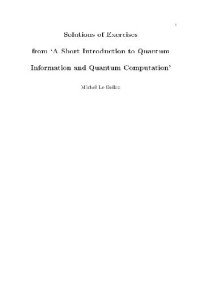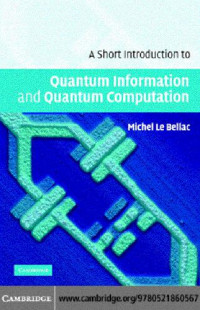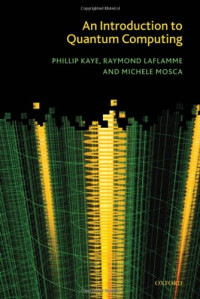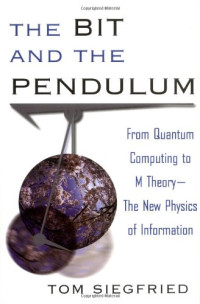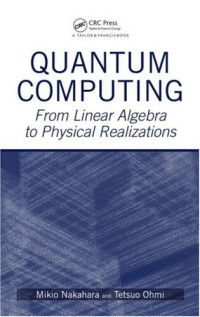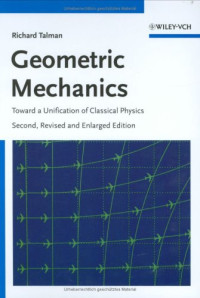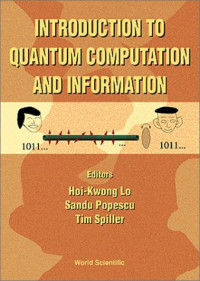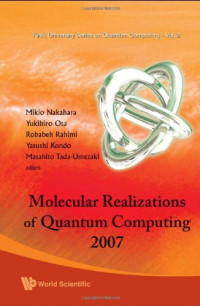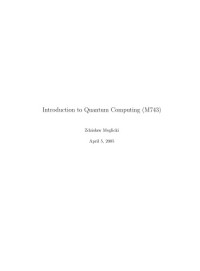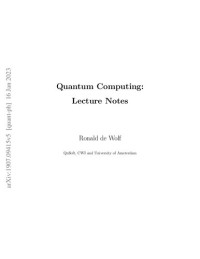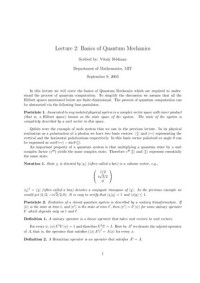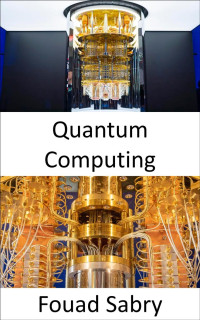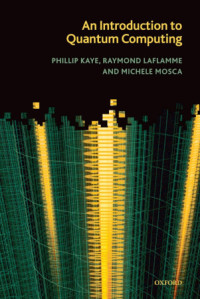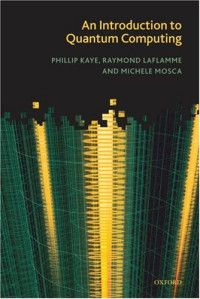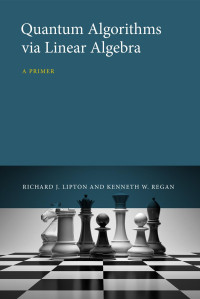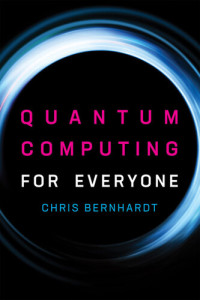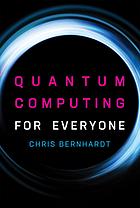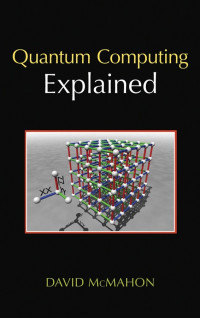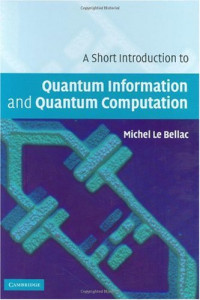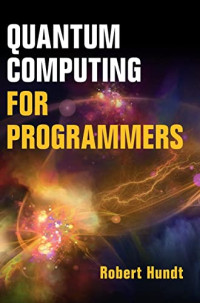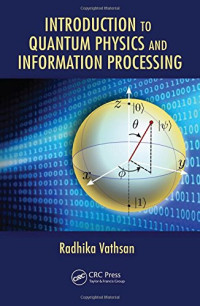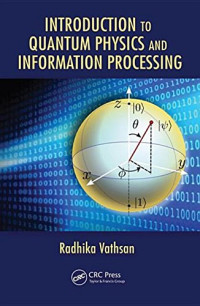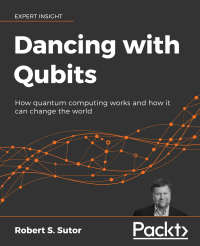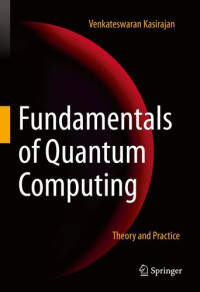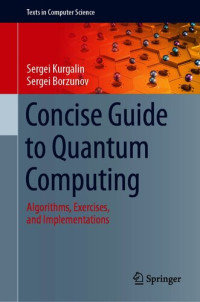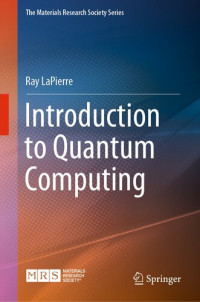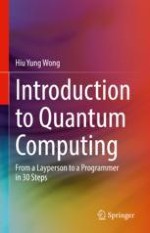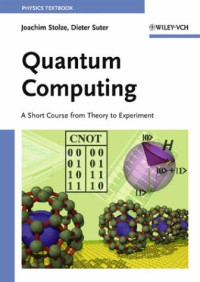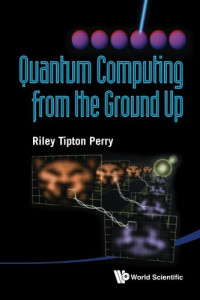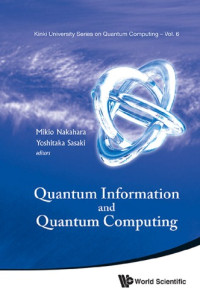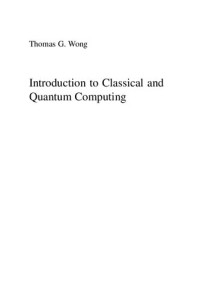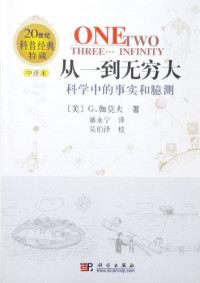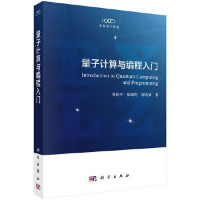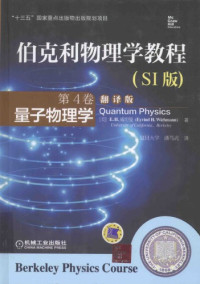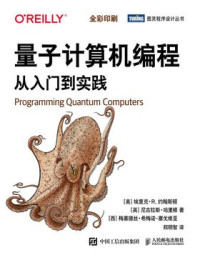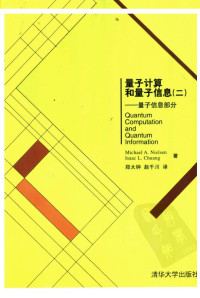
Quantum computing: From linear algebra to physical realizations
Mikio Nakahara, Tetsuo Ohmi
Covering both theory and progressive experiments, Quantum Computing: From Linear Algebra to Physical Realizations explains how and why superposition and entanglement provide the enormous computational power in quantum computing. This self-contained, classroom-tested book is divided into two sections, with the first devoted to the theoretical aspects of quantum computing and the second focused on several candidates of a working quantum computer, evaluating them according to the DiVincenzo criteria.
Topics in Part I
- Linear algebra
- Principles of quantum mechanics
- Qubit and the first application of quantum information processing—quantum key distribution
- Quantum gates
- Simple yet elucidating examples of quantum algorithms
- Quantum circuits that implement integral transforms
- Practical quantum algorithms, including Grover’s database search algorithm and Shor’s factorization algorithm
- The disturbing issue of decoherence
- Important examples of quantum error-correcting codes (QECC)
Topics in Part II
- DiVincenzo criteria, which are the standards a physical system must satisfy to be a candidate as a working quantum computer
- Liquid state NMR, one of the well-understood physical systems
- Ionic and atomic qubits
- Several types of Josephson junction qubits
- The quantum dots realization of qubits
Looking at the ways in which quantum computing can become reality, this book delves into enough theoretical background and experimental research to support a thorough understanding of this promising field.
카테고리:
년:
2008
판:
1
출판사:
CRC Press
언어:
english
페이지:
438
ISBN 10:
0750309830
ISBN 13:
9780750309837
파일:
PDF, 5.39 MB
IPFS:
,
english, 2008
 Amazon
Amazon  Barnes & Noble
Barnes & Noble  Bookshop.org
Bookshop.org  파일을 변환하실 수 있습니다
파일을 변환하실 수 있습니다  더 많은 검색 결과
더 많은 검색 결과 기타 혜택
기타 혜택 